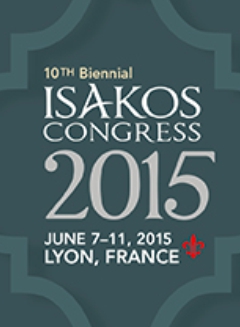
ISAKOS 2015: Predictive factors and odds of re-injury in ACL reconstruction .
Predictive Factors and Odds of Re-Injury at 2 Years: A Randomized Clinical Trial Comparing Three Graft Types for ACL Reconstruction
330 patients were randomized to receive either a patellar tendon (PT), quadruple-stranded hamstring tendon (HT), or double bundle using hamstring tendons (DB) in an anterior cruciate ligament reconstruction. The goal of this study was to assess complete graft re-injury, complete re-rupture, and atraumatic re-ruptures. Results found that traumatic re-ruptures were significantly lower only in the PT group, and that younger age was a significant factor in complete traumatic re-ruptures and re-injuries. No significant difference was found for any other outcomes.
Unlock the Full ACE Report
You have access to 4 more FREE articles this month.
Click below to unlock and view this ACE Reports
Unlock Now
Critical appraisals of the latest, high-impact randomized controlled trials and systematic reviews in orthopaedics
Access to OrthoEvidence podcast content, including collaborations with the Journal of Bone and Joint Surgery, interviews with internationally recognized surgeons, and roundtable discussions on orthopaedic news and topics
Subscription to The Pulse, a twice-weekly evidence-based newsletter designed to help you make better clinical decisions
Exclusive access to original content articles, including in-house systematic reviews, and articles on health research methods and hot orthopaedic topics































































